Leaving the Gronn behind, my next gallery visit took me to a different part of town and to a very recently founded photography studio called Artgentik.
Their place is small but impressive, not only because of the quality of work it showcases but also because of its dark room, equipped with all the photographic ‘mod cons’, in the basement.
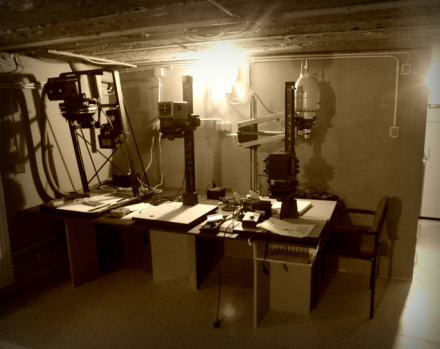
The exhibition i went to see at Artgentik turned around the subject of the Self and the philosophical and psychological questions it raises, as portrayed by Tom Lucas, Marc Wilwert and Jean Janssis.
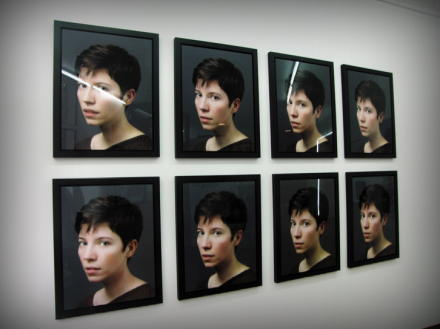
Tom Lucas, in his work ‘Wer bin ich- Und wenn ja, wie viele?’ (‘Who am I- and if, how many?’), questions the number of selves an individual can embody as well as the multiple ways of interpreting one person’s so called self.
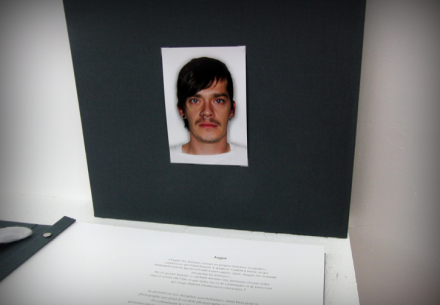
Marc Wilwert tackles a similar question. In his almost minimalistic installation (consisting only of a large format portrait, a written album and a poetic blurb), he questions the different ways in which somebody’s identity can be (mis-)interpreted based on the information one has about that person. The portrait is a representation of a completely ordinary person, somebody one might have crossed on the street. But when one reads in the album the story of when this person saved somebody else’s life, one’s impression may change.
Both Lucas and Wilwert thus seem to see photography as a gateway to question psychological, sociological and philosophical questions and offer a new, more epistemological approach to portraits, as part of what is sometimes called meta-photography. Quite a different approach from what you usually get at a photography exhibition.
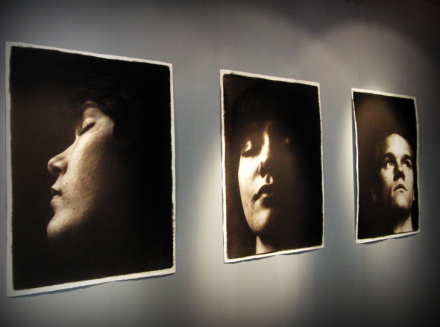
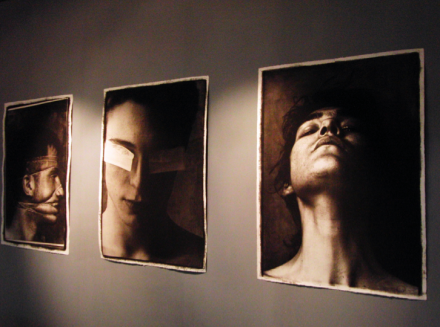
Jean Janssis’s work is a bit different in comparison. He uses a particular ancient technique using bichromate paste to develop his photographs. Similar to a painter, he removes or keeps some of this paste on the photographs, in order to create the intended photographic effects. The end result is photographs that convey a sense of obscurity and surrealism.
At the Galerie Schortgen, i went to visit an exhibition of Nicolas Binsfeld’s work. Born and raised in Luxembourg, he now lives in Charleroi, Belgium. i learned from a newspaper review that this was in fact his first exhibition in Luxembourg itself.
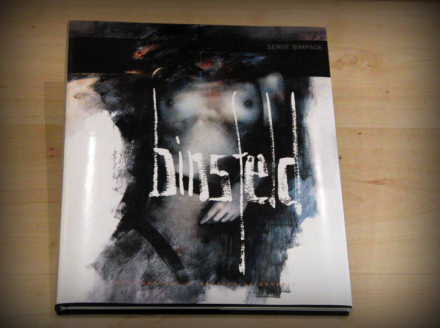
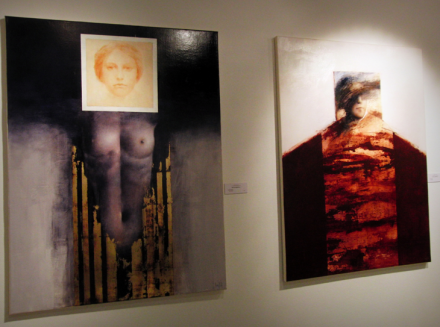
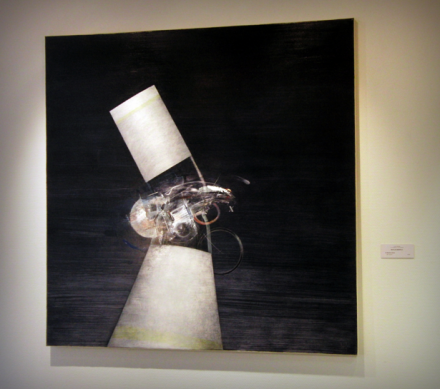
The artist’s style is difficult to pinpoint, he is said to have been shaped by several genres (impressionism, German expressionism, figuration, hyper-realism) and by painters such as Nicolas de Stael and Francis Bacon. The human body and death are common themes in the artist’s work and are presented with a certain gloominess and mystery which i find very inspiring.
The final collection i went to explore was the one by Rico Sequeira at the Galerie Michel Miltgen. Rico Sequeira’s work is mainly influenced by his fascination for comics (or bandes dessinees as they are called in French) and onomatopoeia.
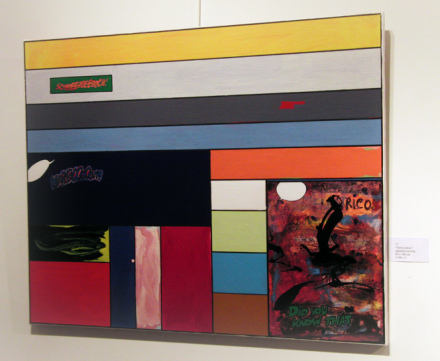
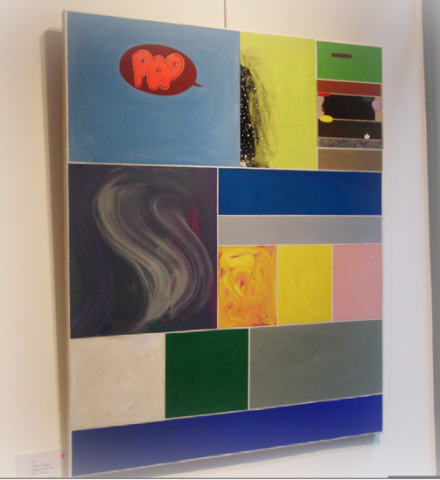
What is striking are obviously the empty boxes and speech balloons, so that the artist seems to want to guide one’s own imagination in unfolding this comic story. In the words of the gallery owner, one tends to have the urge to take a pen and fill in the gaps with one’s own story lines. The artist’s focus on onomatopoeia reminds me of street art and graffiti on the one hand and on the other hand of the comic book adventures of Tintin, Asterix and Lucky Luke which are now probably gathering dust somewhere at home. In the end, i leave the gallery escaping to almost forgotten childhood days while dreaming up a very personalised bande dessinee. VROOOOM!
If you are interested, you can find more photos and information about the above events in my tumblr blog.
All the above pictures were taken with the courtesy of the relevant art galleries, thank you very much.
//////////
My Creative Scene is an insight into different creative & cultural happenings in cities where your members and readers live. Browse through more insider guides here or contact us to write about the arts scene where you are.



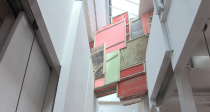
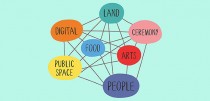









Comments